Cleaning your kitchen range hood is an essential task that often gets overlooked in the hustle and bustle of daily life. However, a dirty range hood can not only impact the aesthetics of your kitchen but also pose a health hazard by circulating greasy, contaminated air back into your living space. Regular cleaning ensures that your range hood operates efficiently, extends its lifespan, and maintains a hygienic cooking environment. This comprehensive guide will walk you through the steps to thoroughly clean your kitchen range hood, whether it’s a traditional filter-based model or a modern, ductless one with charcoal filters.
Understanding Your Range Hood
Before diving into the cleaning process, it’s crucial to understand the different types of range hoods and their components. Range hoods can broadly be classified into three categories:
- Ducted Range Hoods: These hoods vent air and grease particles outside your home through ductwork. They typically have mesh or baffle filters that trap grease.
- Ductless Range Hoods: Also known as recirculating range hoods, these units do not require external venting. Instead, they use charcoal filters to absorb odors and grease before recirculating the air back into the kitchen.
- Under-Cabinet Range Hoods: These are mounted under the kitchen cabinet and are usually ducted but can also be ductless. They come with various filter types, including mesh, baffle, and charcoal.
Preparation Before Cleaning
-
Disconnect Power: Always start by turning off the range hood and unplugging it from the power source or switching off the circuit breaker that controls it. This is a critical safety step to prevent electrical accidents.
-
Gather Supplies: Assemble all the necessary cleaning tools and supplies. You’ll need:
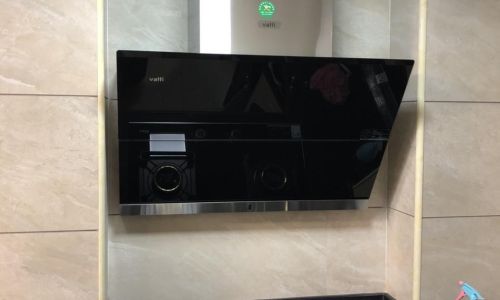
- Mild dish soap or a dedicated range hood cleaner
- Soft cloths or sponges
- Scrub brushes (soft-bristled for delicate surfaces, sturdier for stubborn grease)
- Rubber gloves for protection
- Paper towels or old cloths for wiping
- Bucket or sink filled with warm water
- Vacuum cleaner with a crevice tool (optional but helpful for hard-to-reach areas)
- Screwdriver (if you need to remove filters or panels)
-
Remove Filters and Grease Cups: Most range hoods have removable filters and grease cups that collect drippings. Carefully take these out and set them aside in a safe place where they won’t drip on surfaces.
Cleaning the Filters
The filters are the most critical components to clean, as they trap the majority of grease and debris.
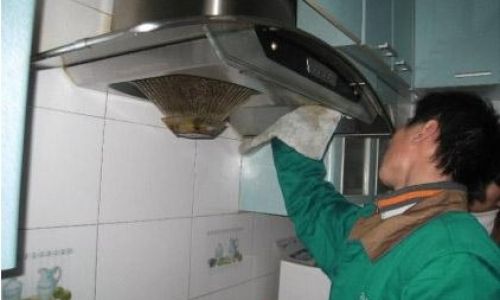
-
Mesh and Baffle Filters:
- Place the filters in a sink or bucket filled with warm water and a few drops of mild dish soap.
- Let them soak for about 15-20 minutes to loosen the grease.
- Use a soft sponge or scrub brush to gently scrub the filters. Avoid using abrasive tools or harsh chemicals that could damage the filter material.
- Rinse the filters thoroughly under warm running water until all soap residue is removed.
- Lay the filters on paper towels or an old cloth to air dry completely before reinstalling.
-
Charcoal Filters:
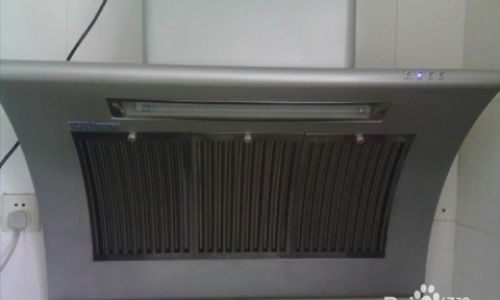
- Charcoal filters cannot be washed with water as this will ruin their ability to absorb odors.
- Instead, replace charcoal filters according to the manufacturer’s recommendations, typically every 3-6 months depending on usage.
- If your charcoal filter is not yet due for replacement but smells, you can try placing it outside in direct sunlight for a few hours to help neutralize odors. However, this is not a substitute for regular replacement.
Cleaning the Range Hood Exterior
The exterior of your range hood, including the cabinet cover and control panel, should also be kept clean.
- Wipe Down Surfaces: Use a soft, damp cloth with a mild dish soap solution to wipe down the exterior surfaces. Avoid getting water inside the electrical components or control panel.
- Remove Stubborn Grease: For stubborn grease build-up, make a paste of baking soda and water. Apply the paste to the affected areas, let it sit for a few minutes, then scrub gently with a soft sponge or cloth. Rinse with a damp cloth and dry thoroughly.
- Clean the Vent Cover: If your range hood has an external vent cover, remove it and clean it separately using the same methods as for the filters.
Cleaning the Grease Cups and Internal Components
The grease cups and internal surfaces of your range hood can also accumulate grease and debris over time.

- Empty and Clean Grease Cups: Empty the grease cups into a sealed container for disposal. Wash the cups with hot, soapy water and let them air dry before reinstalling.
- Wipe Down Internal Surfaces: Use a damp cloth to wipe down any internal surfaces that are accessible and safe to clean. Be cautious around electrical components and wiring.
- Vacuum Hard-to-Reach Areas: Use the crevice tool on your vacuum cleaner to remove dust and debris from hard-to-reach corners and crevices inside the range hood.
Maintenance Tips for a Cleaner Range Hood
Regular maintenance can significantly reduce the frequency and difficulty of deep cleaning your range hood.
- Wipe Down After Each Use: After cooking, take a few minutes to wipe down the range hood exterior with a damp cloth to prevent grease build-up.
- Inspect Filters Regularly: Check your filters monthly and clean them as needed. This will keep them more effective at trapping grease and extend their lifespan.
- Use a Range Hood Liner: Installing a range hood liner made of aluminum foil or a heat-resistant material can catch drippings and make cleaning easier. Simply replace the liner when it becomes too greasy.
- Avoid Overloading the Range Hood: Cooking large, greasy meals can overload your range hood’s filtering capabilities. Try to balance your cooking to reduce the amount of grease and smoke produced.
- Professional Cleaning: If you have a particularly stubborn build-up or a high-end range hood, consider hiring a professional cleaning service to ensure thorough and safe cleaning.
Conclusion
Cleaning your kitchen range hood may not be the most enjoyable household task, but it is essential for maintaining a safe, healthy, and efficient cooking environment. By following the steps outlined in this guide—from preparing your workspace and gathering supplies to cleaning filters, exterior surfaces, and grease cups—you can ensure that your range hood remains in optimal condition. Regular maintenance and proactive cleaning practices will make the process less daunting and help you keep your kitchen air fresh and clean. Remember, a clean range hood not only looks better but also works better, protecting your home and family from the hazards of grease and contaminated air. Happy cleaning!
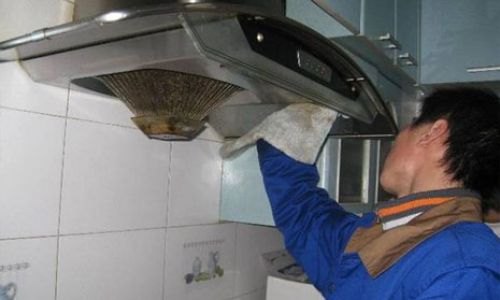
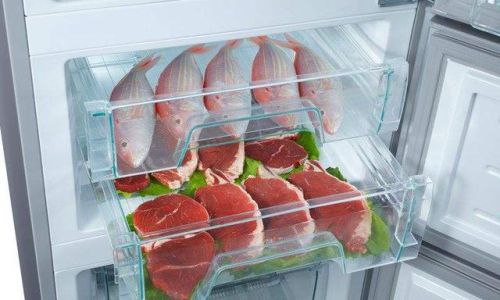
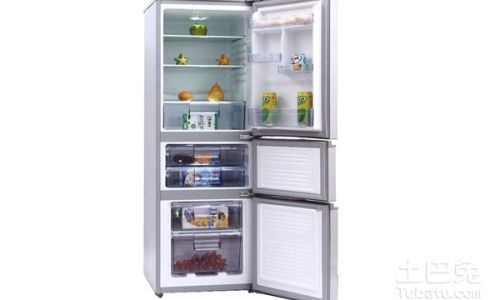

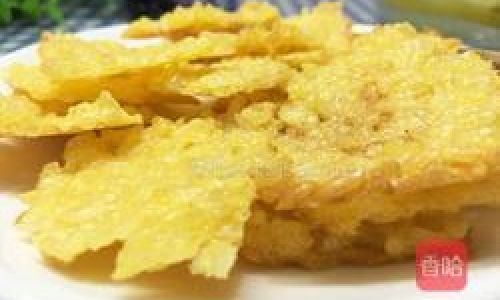
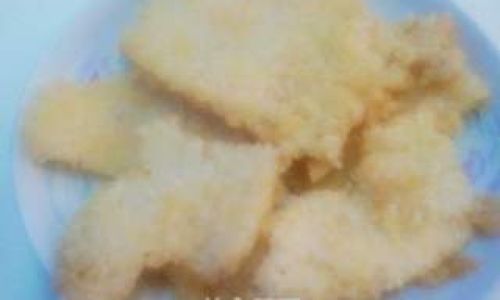
0 comments